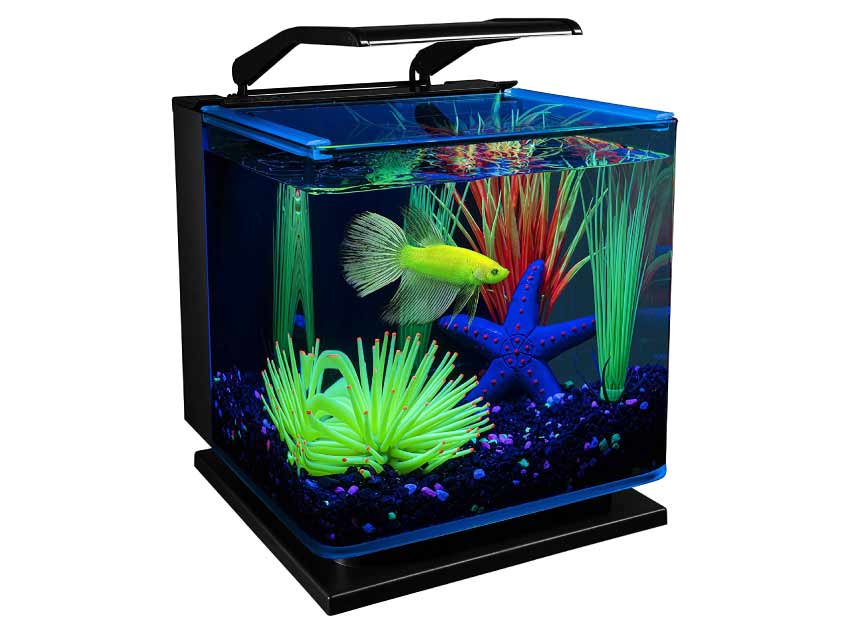
How to Prepare Healthy Dog Food at Home
How to Prepare Healthy Dog Food at Home
If you’ve been wondering if preparing your dog’s food for them at home is the right decision, then we are here to help!
Today, we are covering the first step into creating healthy dog food at home. We’ll discuss the pros and cons, whether it’s right for you and your dog, and more.

Common Mistakes Owners Make When Preparing Food For Their Dogs
We pet parents are often constantly looking for ways we can be better dog owners, and our dogs’ diet is one of the best places where we can start.
But before you set your mind on creating a perfect diet plan for your dog, let’s look at why you might want to leave their base diet to the commercial dog food industry and the scientists they work with.
If you’re going to rely on preparing your dog’s food at home, it’s highly recommended you work with your dog’s veterinarian to come up with the best meal plan for them.
One of the benefits of preparing your dog’s food yourself is you can really customize it to your dog’s unique needs, so make sure to take advantage of that.
Potentially dangerous human foods include chocolate, xylitol, avocado, grapes, raisins, onions, garlic, and macadamia nuts.
Healthy Foods Without The Hassle
It’s completely OK to feel that it’s too much or too overwhelming to go through the process of creating a meal plan for your dog at home that avoids using commercial dog foods.
There are several alternatives, from healthy treats to new-style commercial foods that use whole ingredients.
Healthy Treats
One of my favorite healthy snacks for dogs is carrots. Carrots are sweet and have a fun crunch that sends puppies into the zooms while entertaining the old boys and girls.
As well, companies like Innovet Pet are putting a fun twist on the old dog treat by enriching them with hemp CBD.
Hemp CBD has been contributed to helping with anxiety, appetite regulation, and even reducing the inflammation that can hinder mobility and general health.
Creating Your First Dish
Even when you plan to stick to commercial dog food to provide for your dog’s diet, it can still be a fun idea to throw together a special meal for your pupper on the occasion.
While many commercial dog foods offer your dog a complete and balanced diet, the ingredients they sometimes use aren’t always the best quality.
Inadequate Nutrition
There are about 40 different nutrients that are essential to your dog’s diet, and if they don’t get adequate levels of just one of them, their health can take a turn for the worst.
This is one of the reasons the majority of veterinarians discourage the raw food diet, which often relies on the careful supplementation of calcium and phosphorus.

But nutrient deficiencies aren’t the only thing you have to worry about when preparing your dog’s food yourself. Excess nutrients can be just as dangerous and deadly. And they are just as likely to occur.
Giving The Wrong Foods / Using Unsafe Ingredients / Poor Sources
Preparing your dog’s food for them at home can be a very tricky process, and one of the reasons is due to poor sources of information.
Several studies show that the majority of online recipes are riddled with poor information — with many of them being dangerous. BalanceIT.com is a safe and trusted source for putting together complete and balanced meal plans.

A whole ingredient-based meal every once in a while can be the perfect addition to a dog’s regular diet, giving it a healthy boost while spoiling them.
As well, this meal is also a great introduction to the world of preparing food for them at home. This meal should not be used as a sole replacer for a diet provided by commercial dog food.
Ingredients:
- 1 1/2 cups brown rice or oats
- 1 tablespoon alaskan salmon oil
- 3 pounds ground turkey
- 3 cups baby spinach, chopped
- 2 carrots, shredded
- 1 zucchini, shredded
- 1/2 cup peas, canned or frozen
Directions:
- Cook rice following the instructions on the back of the label. A rice cooker is a great investment if you make a lot of rice. As well, you can use oats in case you’re worried about the arsenic levels in your brown rice. Set aside after cooking.
- In a skillet or stockpot large enough to fit all of your ingredients, brown your ground turkey. Rotisserie chicken is a great alternative as long as it’s not salted.
- Once fully cooked, add your remaining ingredients, including the rice or oats you set aside earlier.
- Cook mixture for up to 5 minutes before allowing to completely cool before serving.






[…] Which foreign pets are legal in Washington State? […]